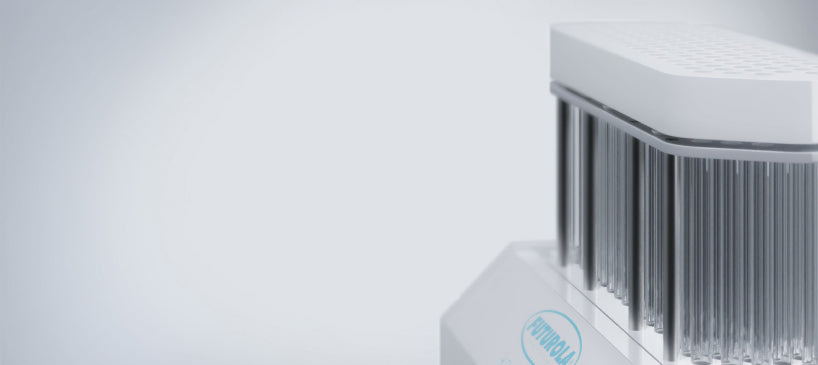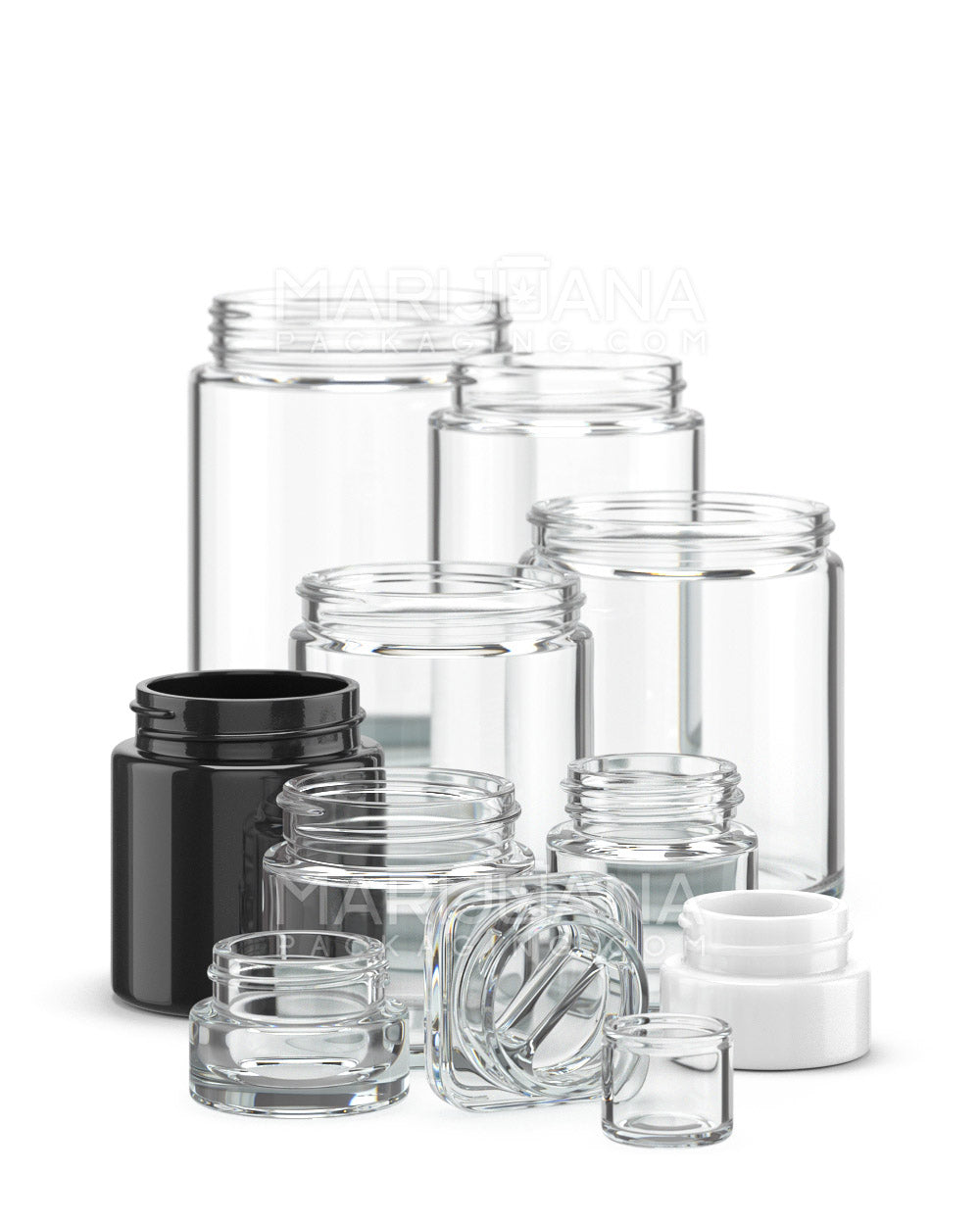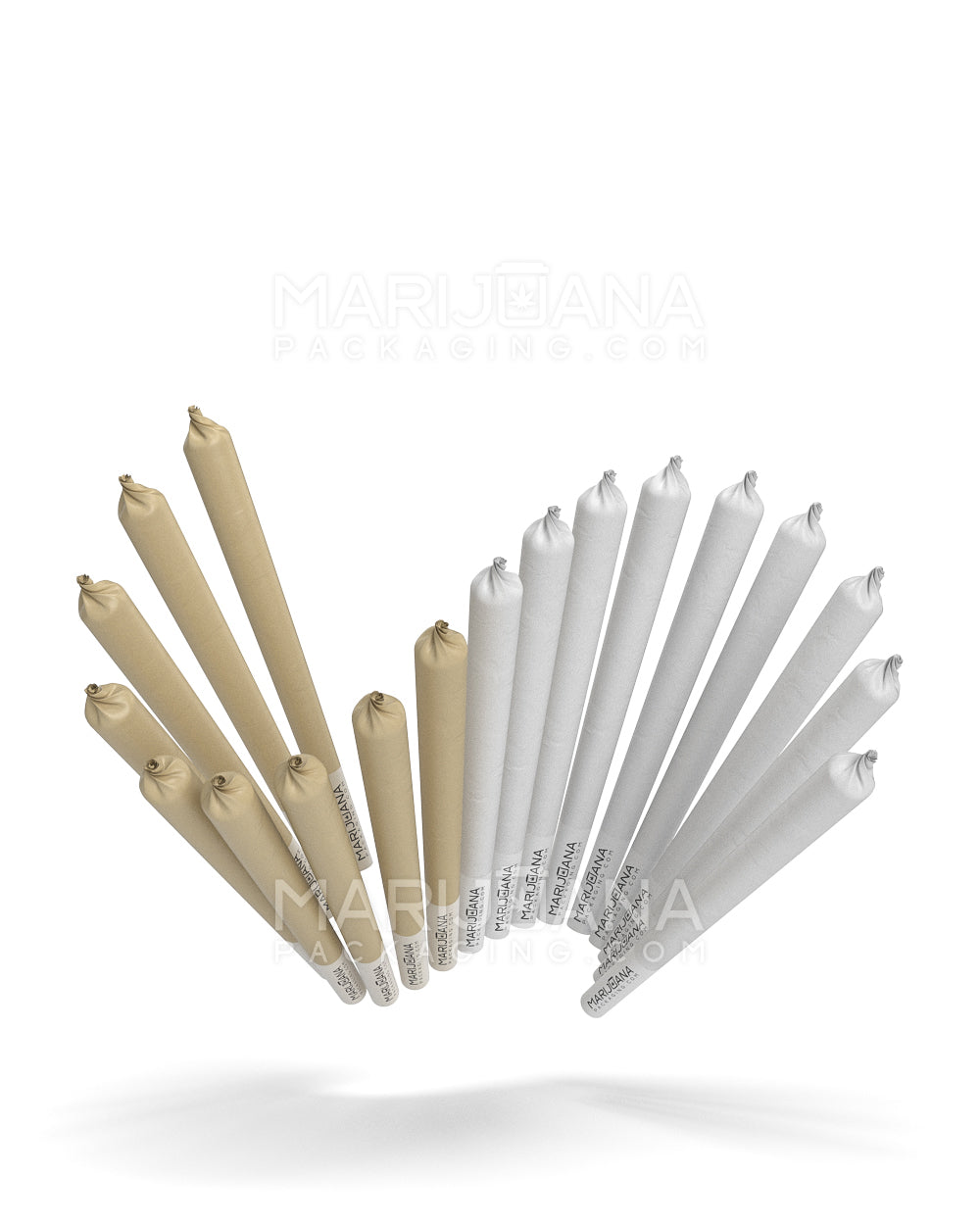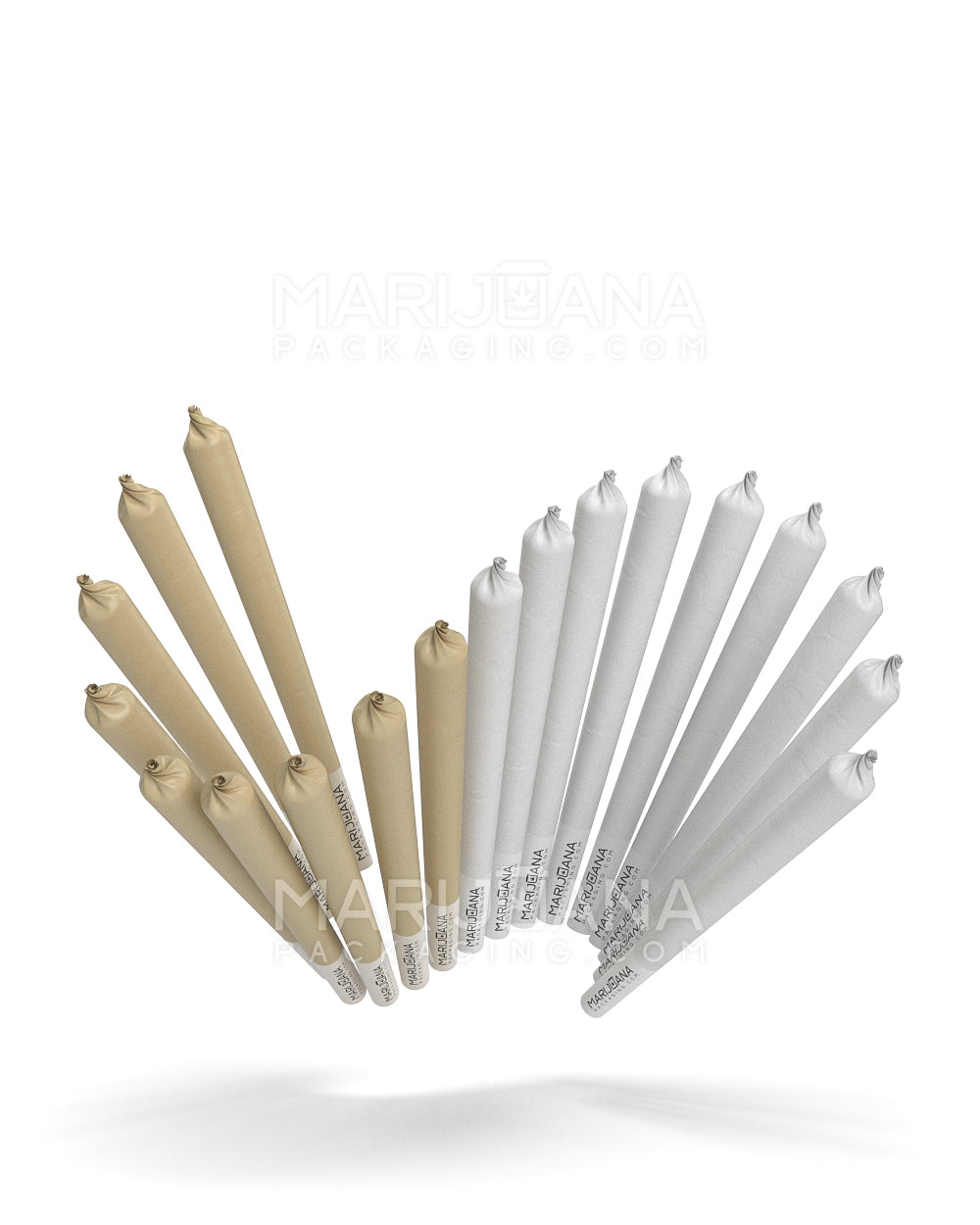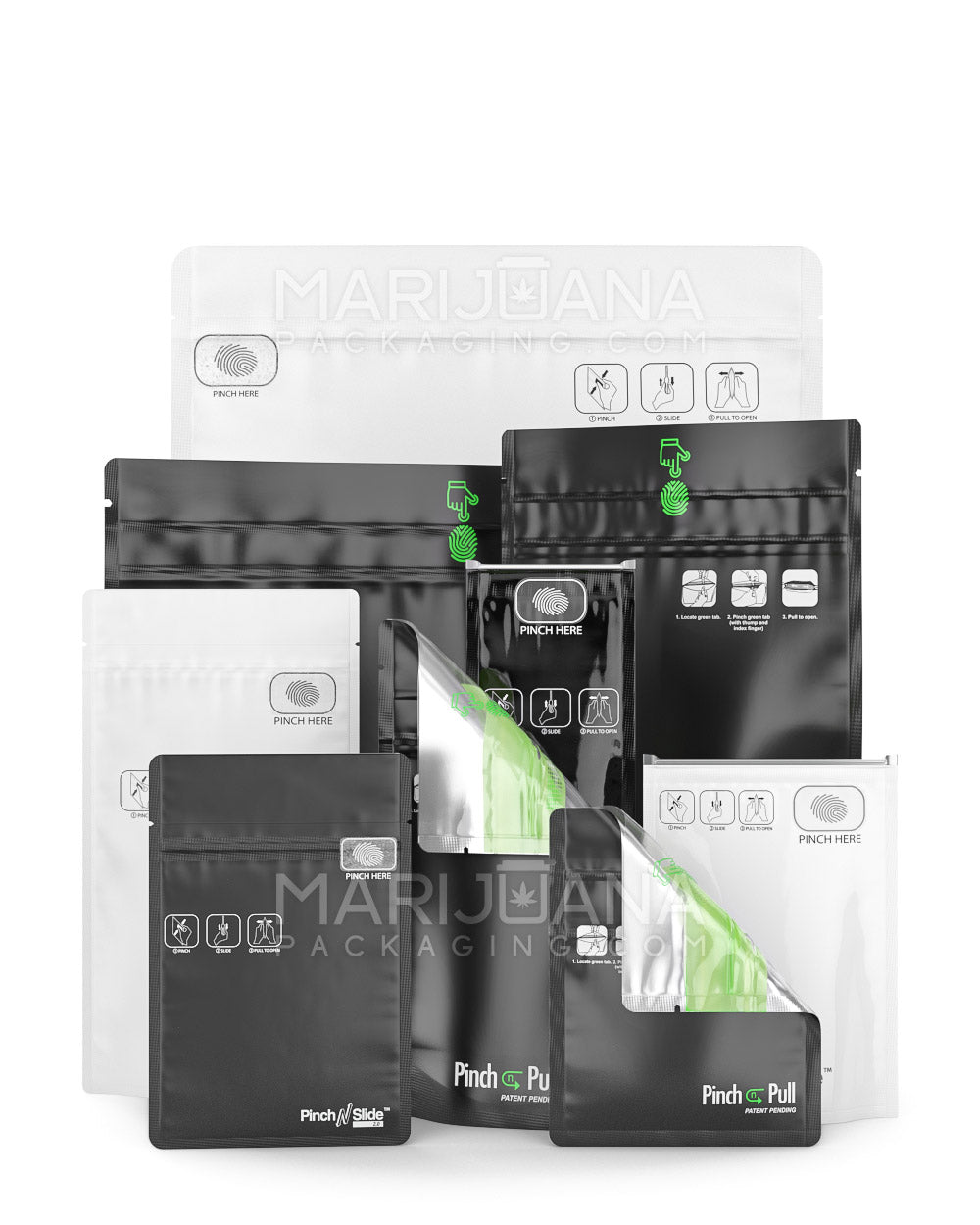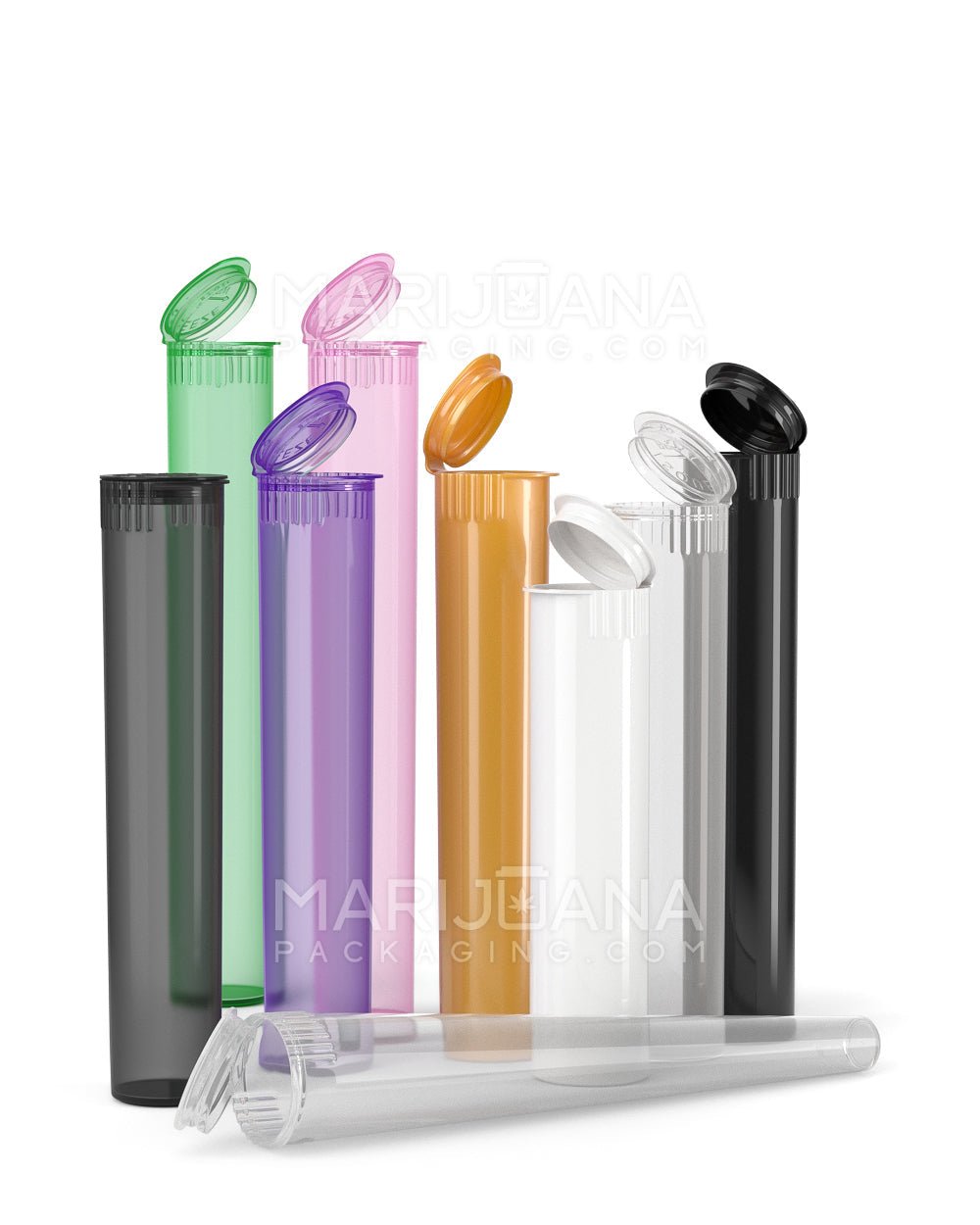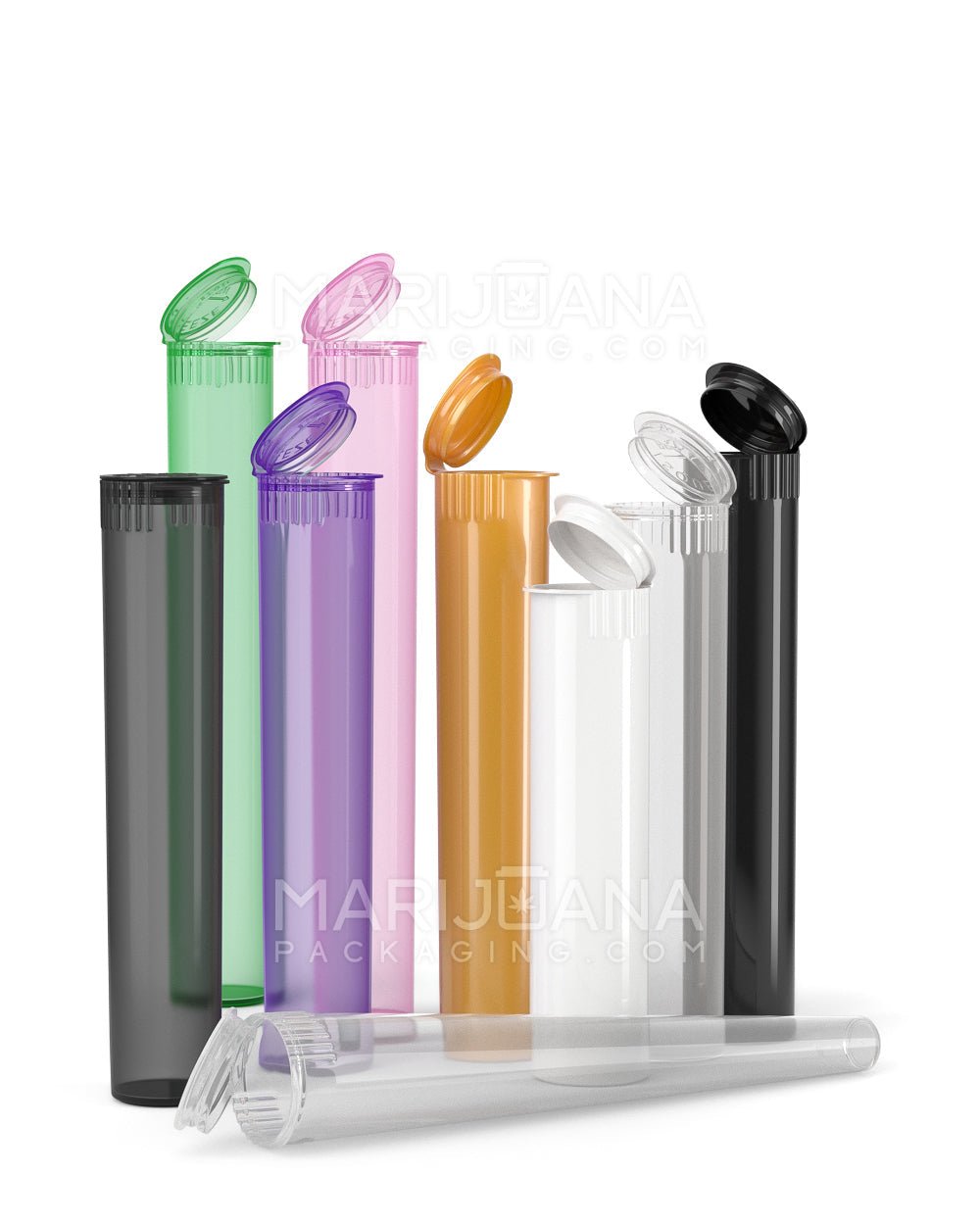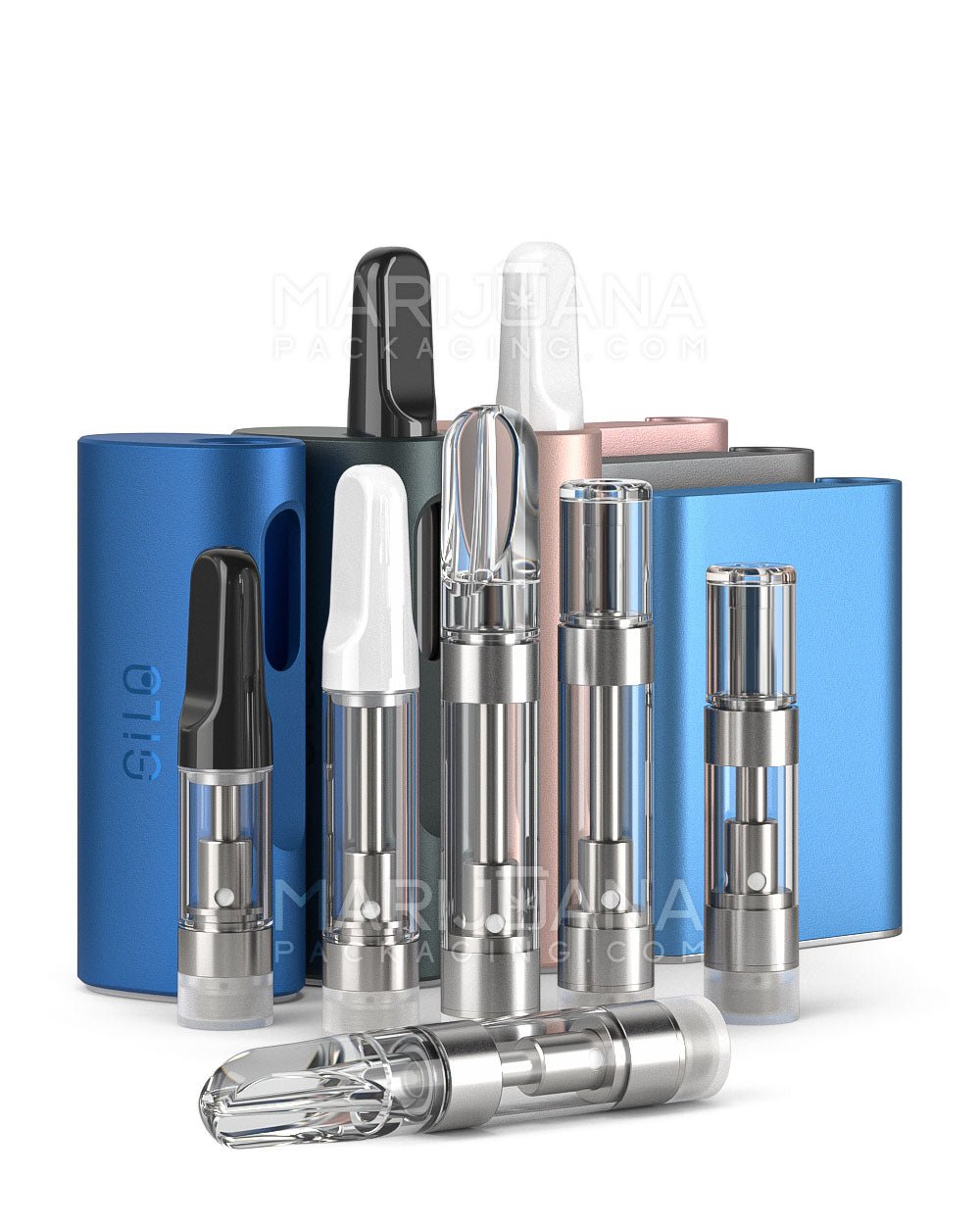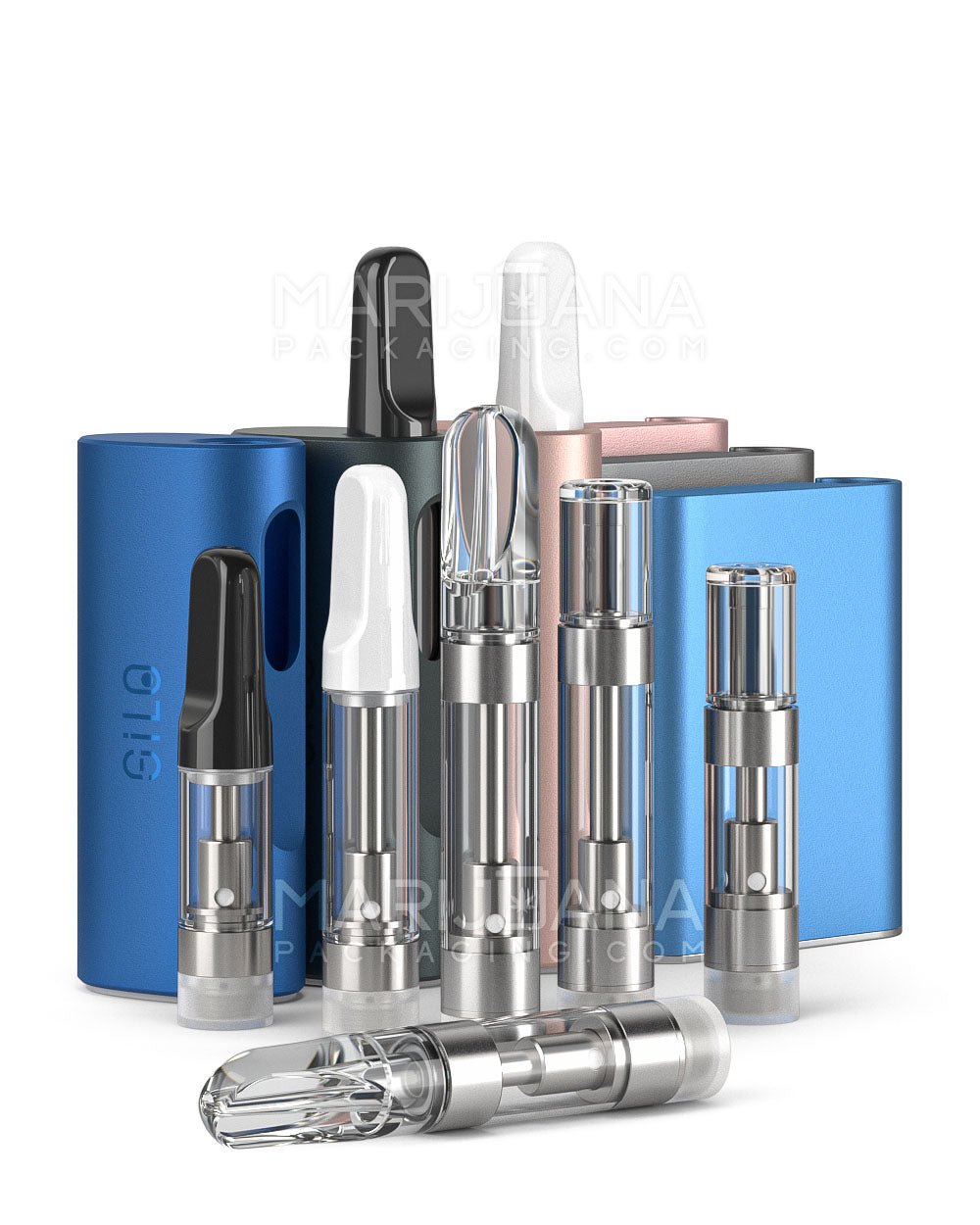Making your own marijuana tincture can be a rewarding experience. It allows you to customize the potency and flavor, plus it's a discreet way to enjoy cannabis. With just a few ingredients and some patience, you can create a tincture from dried herbs that suits your needs and preferences.
In this post, we'll guide you through the entire process of making a marijuana tincture. From selecting the right strain to the final filtering, you'll gain insights that are practical and easy to follow. Let's get started!
Selecting the Right Marijuana Strain
Your first step in making a tincture is choosing the right strain. The strain you select will influence both the effects and flavors of your tincture. Are you looking for something uplifting, or do you prefer something more calming? There are so many strains out there, it can be a bit overwhelming. But don't worry, we're here to help!
For those seeking an energizing and uplifting effect, sativa strains are often the way to go. They tend to have higher THC levels, which can provide a more cerebral high. On the other hand, if you're looking for relaxation, indica strains might be more suitable. They generally have higher levels of CBD, which is known for its calming effects.
If you're not sure where to start, consider trying a hybrid strain. These offer a balance of both sativa and indica effects, making them versatile for various uses. Just remember, the strain you choose will influence the final product, so choose wisely based on your intended use.
Gathering Your Materials
Once you've selected your strain, it's time to gather your materials. The good news is, you won't need a lot to get started. Here's a simple list of what you'll need:
- Dried marijuana: About 1 ounce is a good starting point.
- High-proof alcohol: Everclear is a popular choice because of its high alcohol content, but you can use any grain alcohol that's 190-proof or higher.
- Glass jar: A mason jar with a tight-sealing lid works perfectly.
- Cheesecloth or coffee filter: For straining the final product.
- Storage bottle: A small dropper bottle for easy dosing.
Once you've got everything, you're ready to move on to the next step: preparing your marijuana.
Decarboxylating Your Marijuana
Decarboxylation is a fancy word for heating your marijuana to activate its compounds. It's a crucial step because, without it, your tincture won't have much of an effect. Don't worry, it's not as complicated as it sounds!
Here's a simple way to decarboxylate your marijuana:
- Preheat your oven to 240°F (115°C).
- Break up your dried marijuana into small pieces and spread them evenly on a baking sheet.
- Bake for about 30-40 minutes, stirring every 10 minutes to ensure even heating.
- Once it's done, let it cool before moving on to the next step.
This process converts THCA into THC, making it psychoactive. It also enhances the flavors and aromas of the cannabis, which will enrich your tincture.
Mixing the Ingredients
Now that your marijuana is decarboxylated, it's time to mix it with the alcohol. This step is where the magic begins, as the alcohol extracts the cannabinoids from the plant material.
Follow these steps to get started:
- Place the decarboxylated marijuana into your glass jar.
- Pour enough alcohol over the marijuana to fully submerge it. The alcohol should cover the plant material by at least an inch.
- Seal the jar tightly.
- Shake the jar for about 1-2 minutes to ensure the marijuana is evenly mixed with the alcohol.
Once mixed, the jar needs to sit for a period of time to allow the alcohol to fully extract the cannabinoids. The next section will cover how long to let your mixture sit and how to care for it during this time.
Letting the Tincture Sit
Patience is key when it comes to making a tincture. The longer you let the mixture sit, the more potent your tincture will be. Generally, you'll want to let it infuse for at least two weeks. Some people let it sit for up to a month for maximum extraction.
During this time, store the jar in a cool, dark place. Light and heat can degrade the cannabinoids, so keep it out of direct sunlight. Shake the jar gently every day to help the alcohol extract the compounds evenly.
If you're eager to try your tincture sooner, you can check its potency by sampling a drop after a week. That said, waiting the full two weeks (or more) will yield a richer, more effective tincture.
Straining and Bottling
Once your tincture has infused for the desired time, it's ready to be strained and bottled. This is where you'll filter out the plant material, leaving you with a pure, ready-to-use tincture.
Here's how to do it:
- Place a cheesecloth or coffee filter over a clean bowl or another glass jar.
- Pour the tincture through the filter, letting the liquid strain into the bowl.
- Squeeze or press the cheesecloth to extract every last drop of liquid.
- Transfer the strained tincture into a dropper bottle for easy use.
Now you have a beautifully infused marijuana tincture that you can use as needed. Keep in mind that tinctures are potent, so start with a small dose to see how it affects you.
Testing and Adjusting Potency
One of the great things about making your own tincture is that you can adjust the potency to your liking. If you find that your tincture is too strong or too weak, there are ways to modify it.
If it's too strong, you can dilute it with more alcohol. Simply add a little alcohol at a time, shake well, and test the potency again. Conversely, if it's too weak, you can make a new batch and let it infuse longer, or use more marijuana in the initial mixing process.
Everyone's tolerance is different, so finding the right potency might take some experimenting. The important thing is to start small and work your way up until you find the dose that works for you.
Storing Your Tincture
Proper storage is crucial to maintaining the quality and potency of your tincture. Store it in a cool, dark place, like a cupboard or drawer, to prevent light and heat from degrading its effects.
Ensure the lid of your storage bottle is tightly sealed to prevent evaporation. While alcohol-based tinctures have a long shelf life, exposure to air can reduce their potency over time.
Label your tincture with the strain used, the date it was made, and any other notes about its strength or effects. This will help you keep track of your creations and adjust future batches as needed.
Using Your Marijuana Tincture
Now that you have a homemade tincture, you're probably wondering how to use it. Tinctures are versatile and can be used in various ways. Here are a few ideas:
- Sublingual application: Place a few drops under your tongue for fast absorption. This method is great for quick relief.
- Beverages: Add a drop or two to your favorite drink, like tea or juice, for a relaxing experience.
- Cooking: Incorporate your tincture into recipes, like salad dressings or sauces, to enjoy cannabis-infused meals.
Remember, tinctures are potent, so start with a small dose and wait to see how it affects you before taking more. It's always easier to take a little more than to take too much!
Final Thoughts
Making a marijuana tincture from dried herbs is a fun and rewarding process. By selecting the right strain, decarboxylating properly, and allowing ample infusion time, you can create a tincture that meets your personal needs and preferences.
If you're looking for packaging solutions for your homemade tinctures, Gamut provides a range of options to help your product stand out. Whether you need stock options or custom designs, Gamut covers the entire spectrum of packaging solutions to meet your needs. With their expertise, your tinctures will not only be potent but also presented beautifully.







